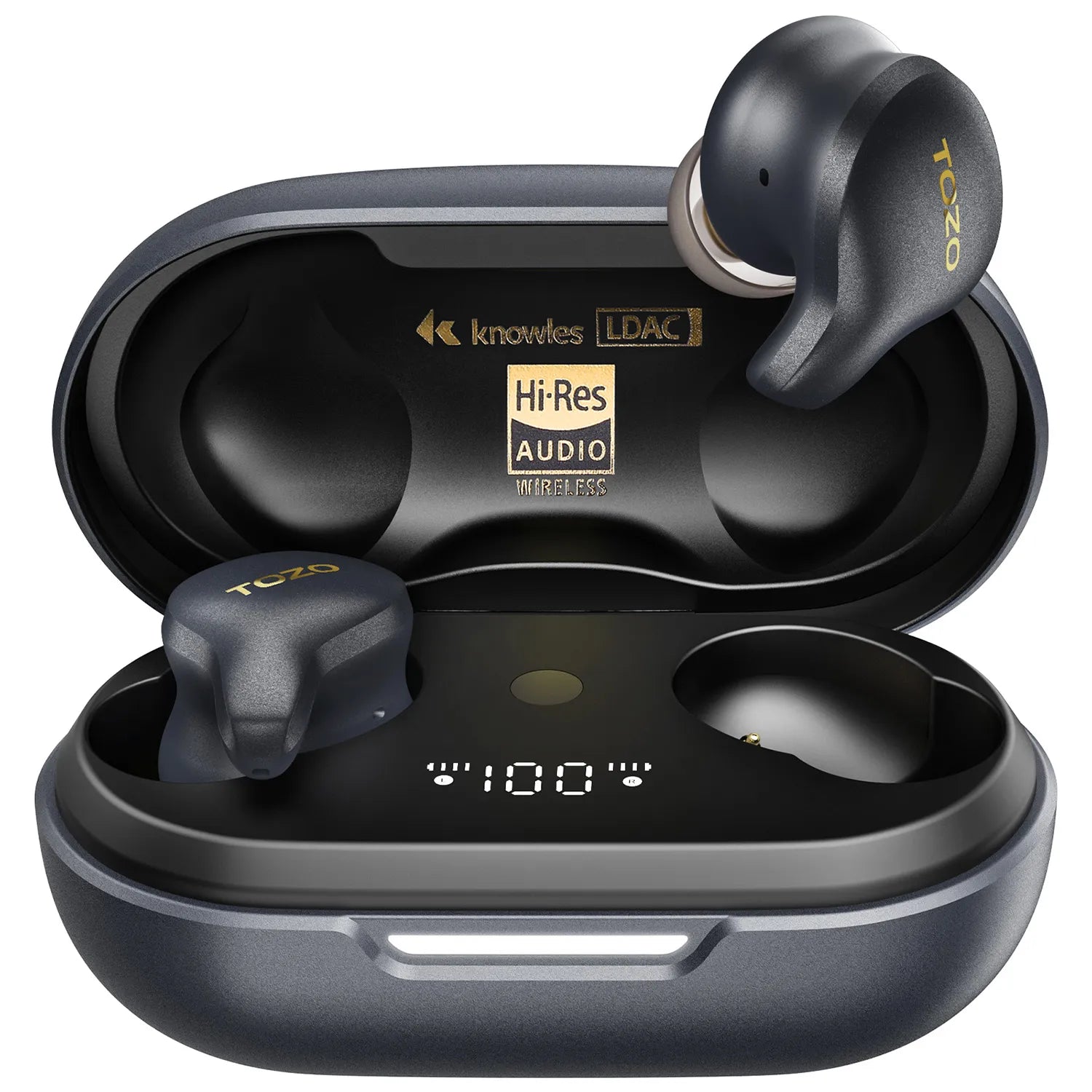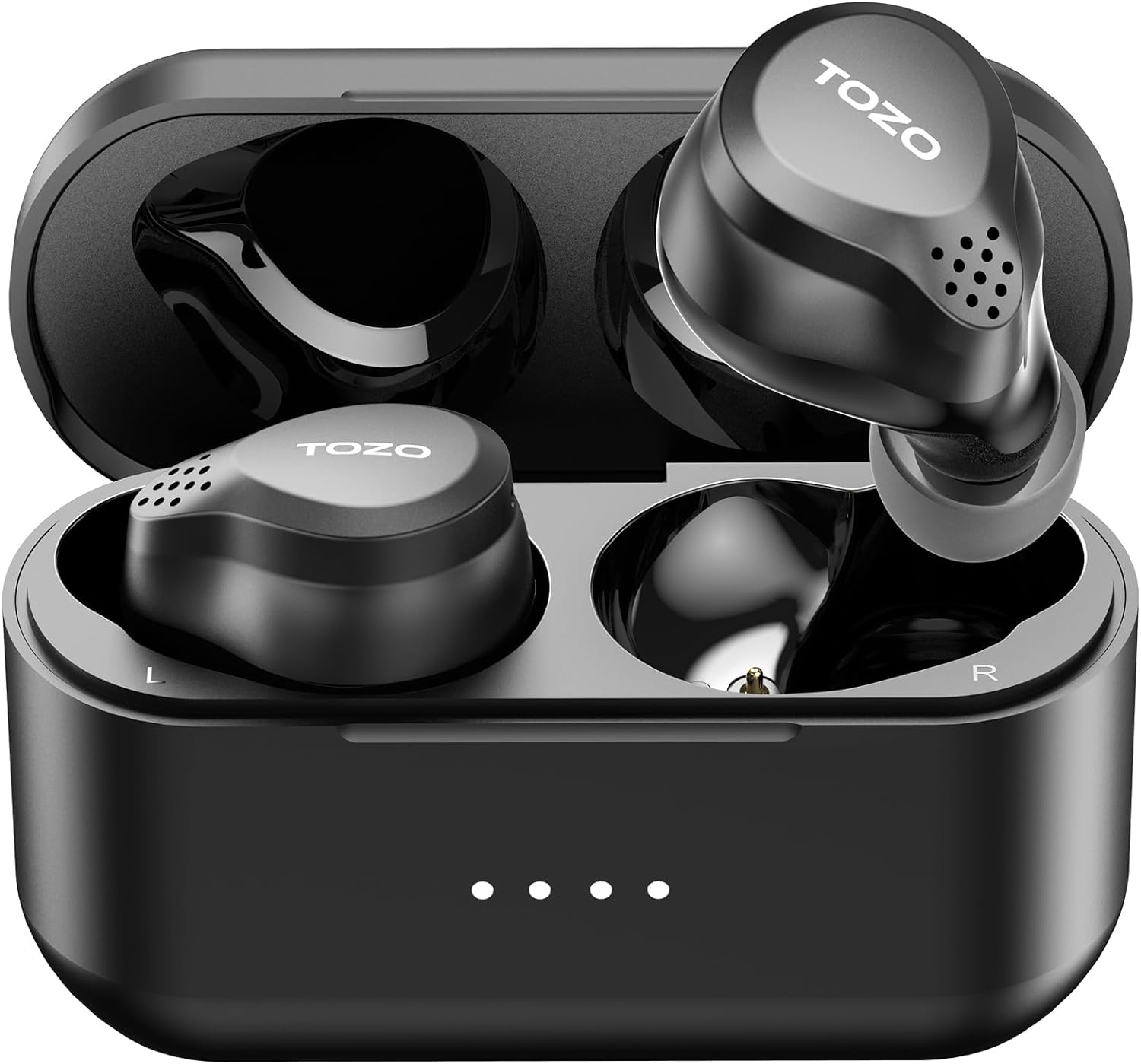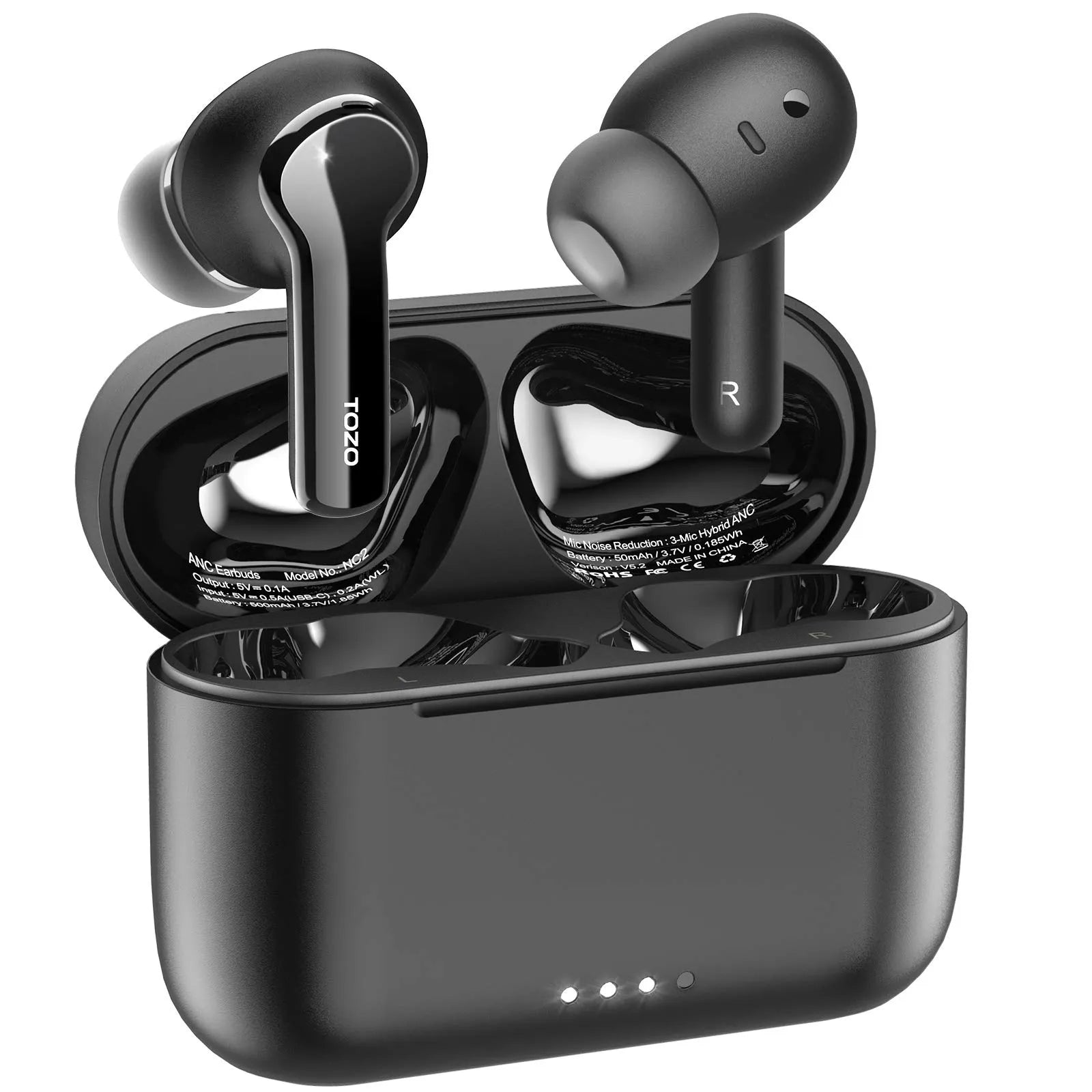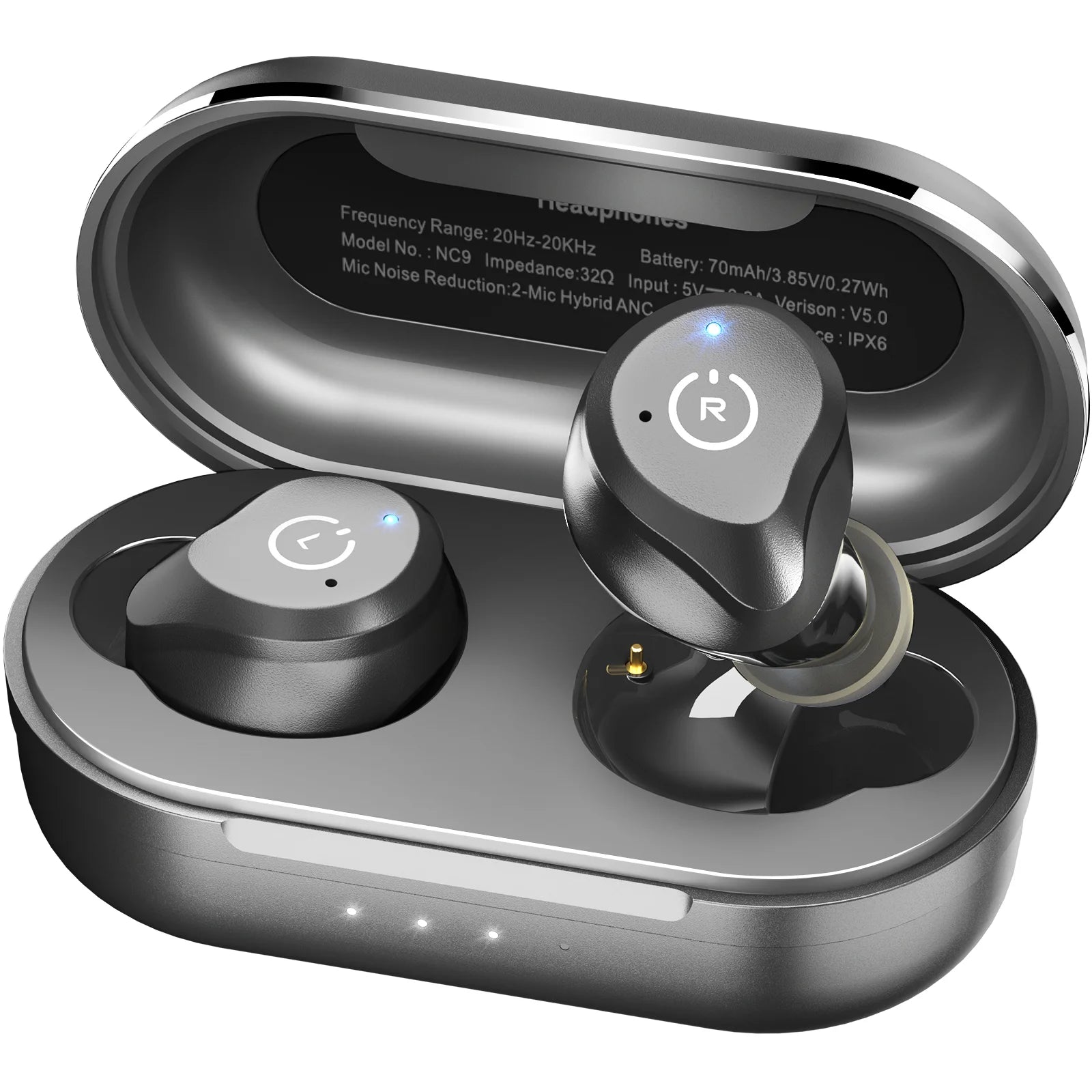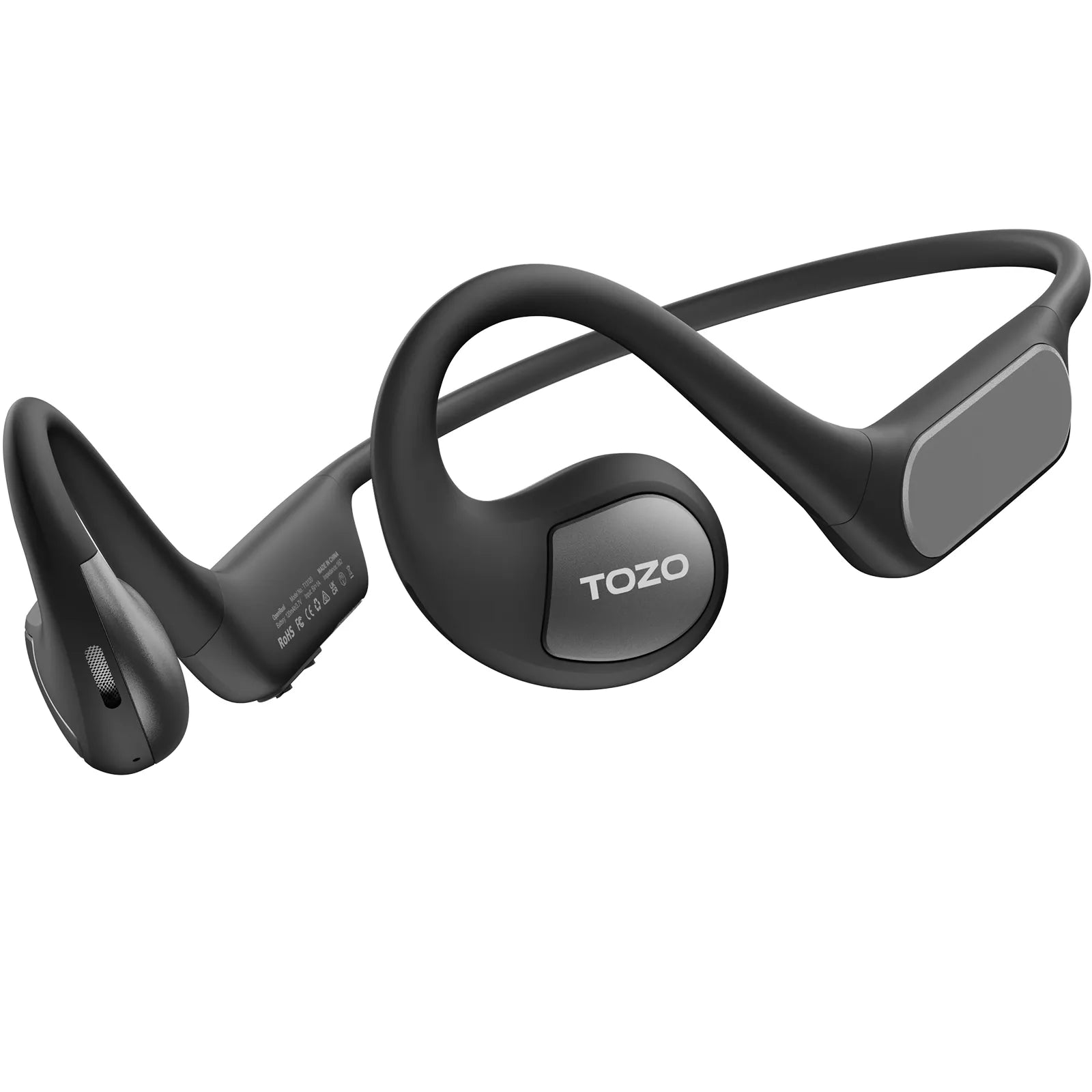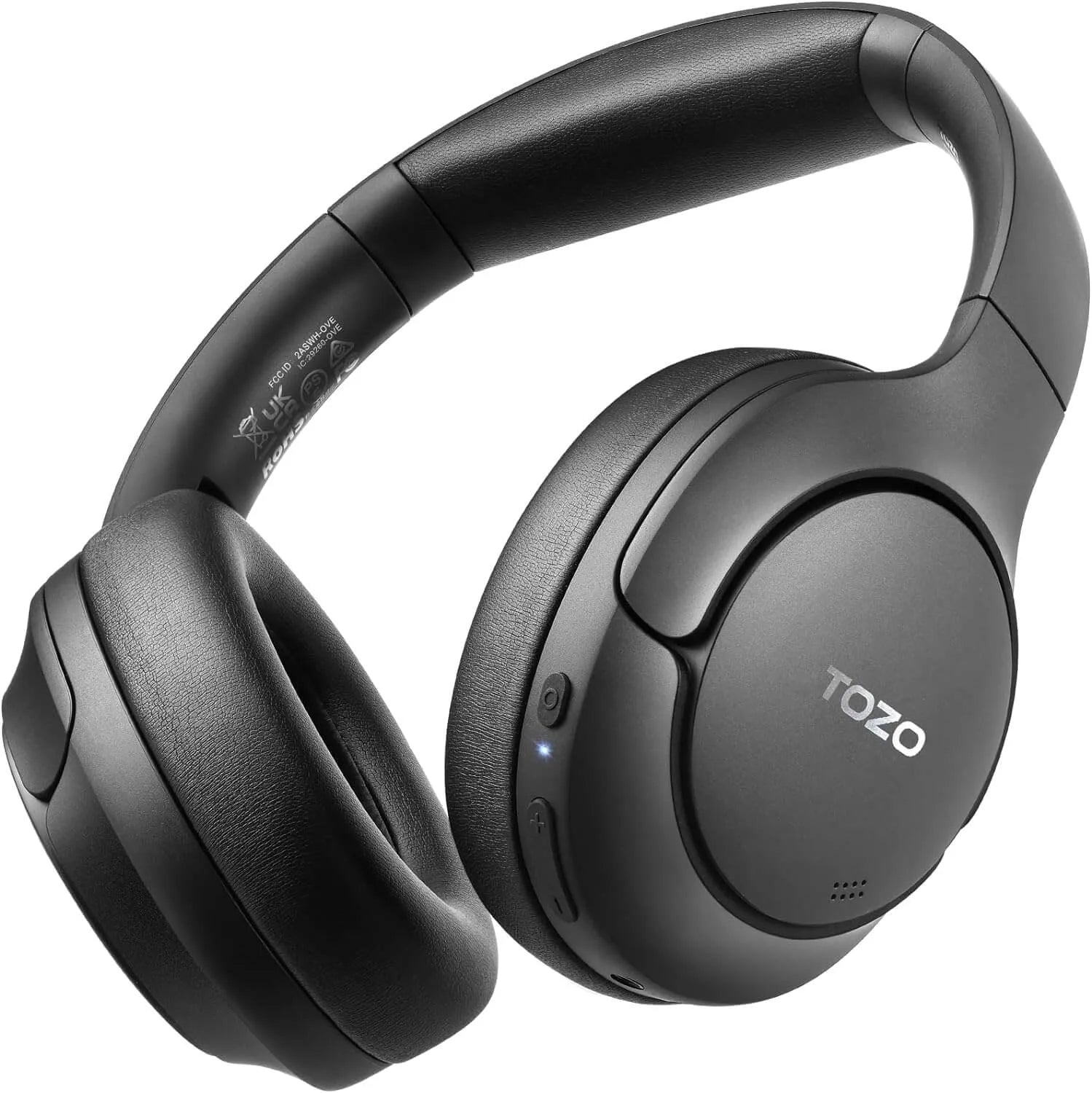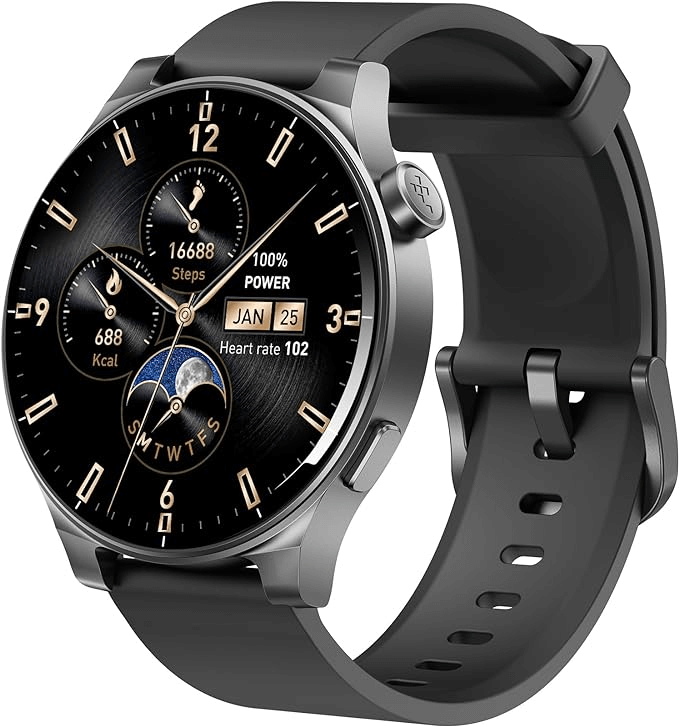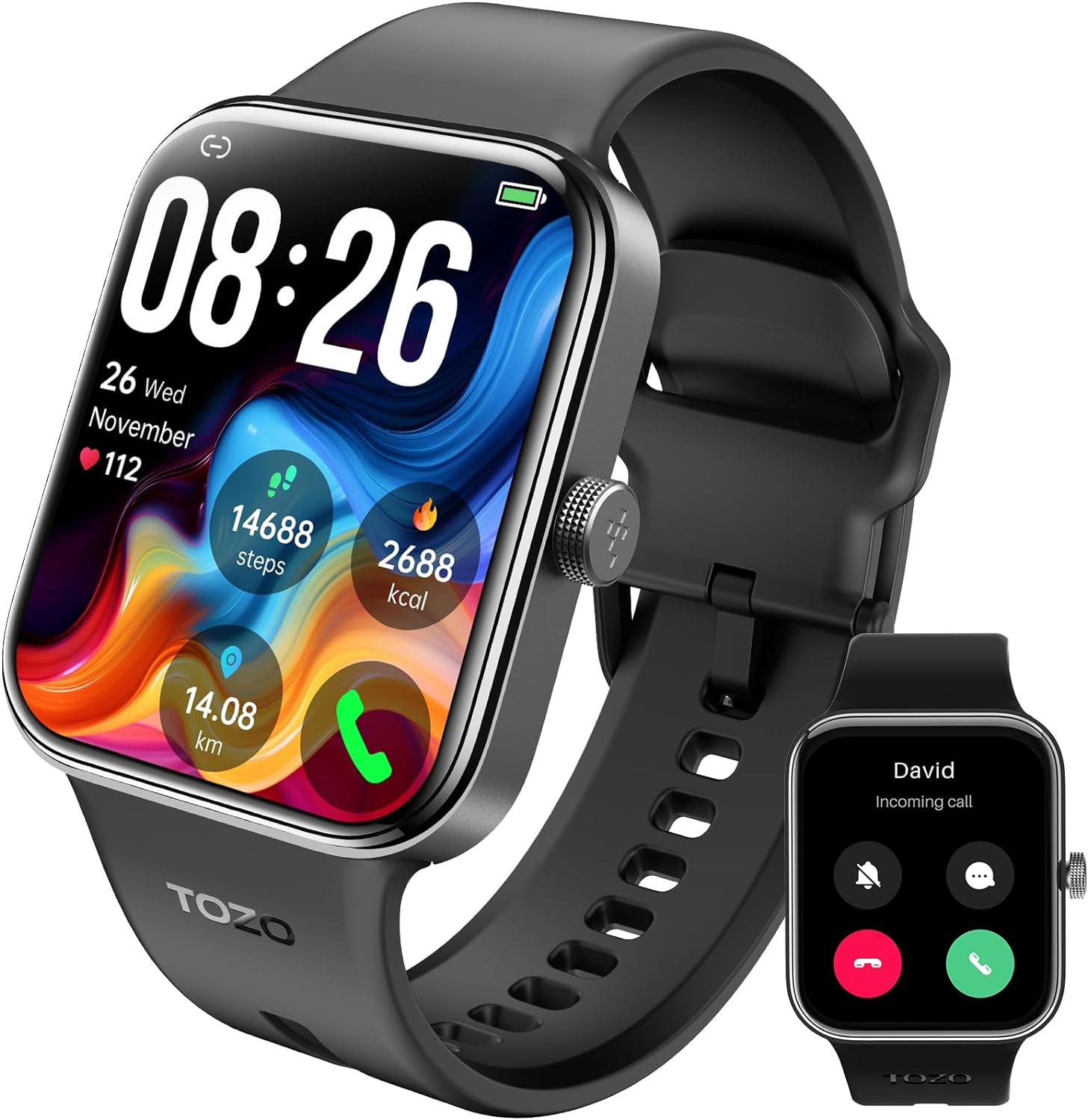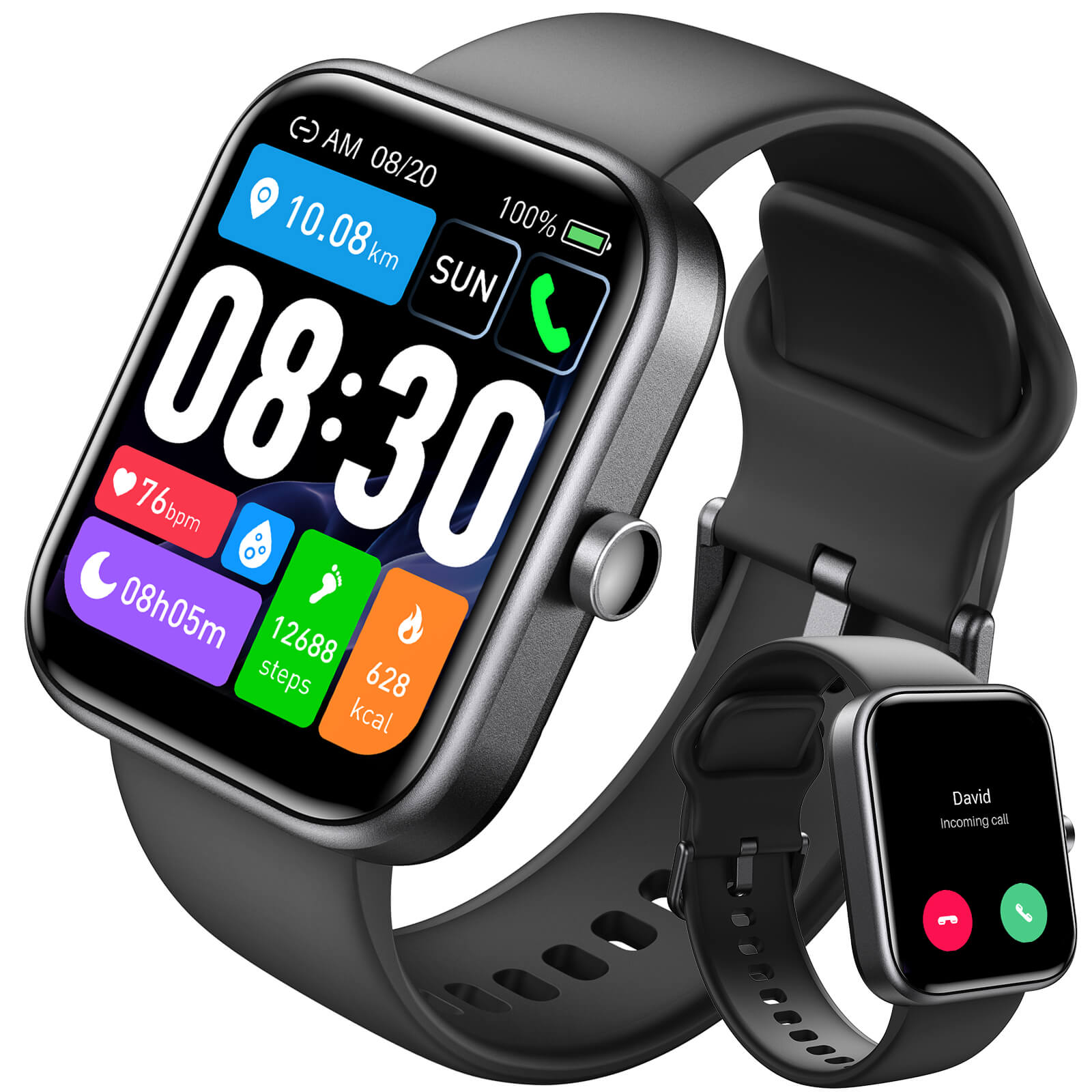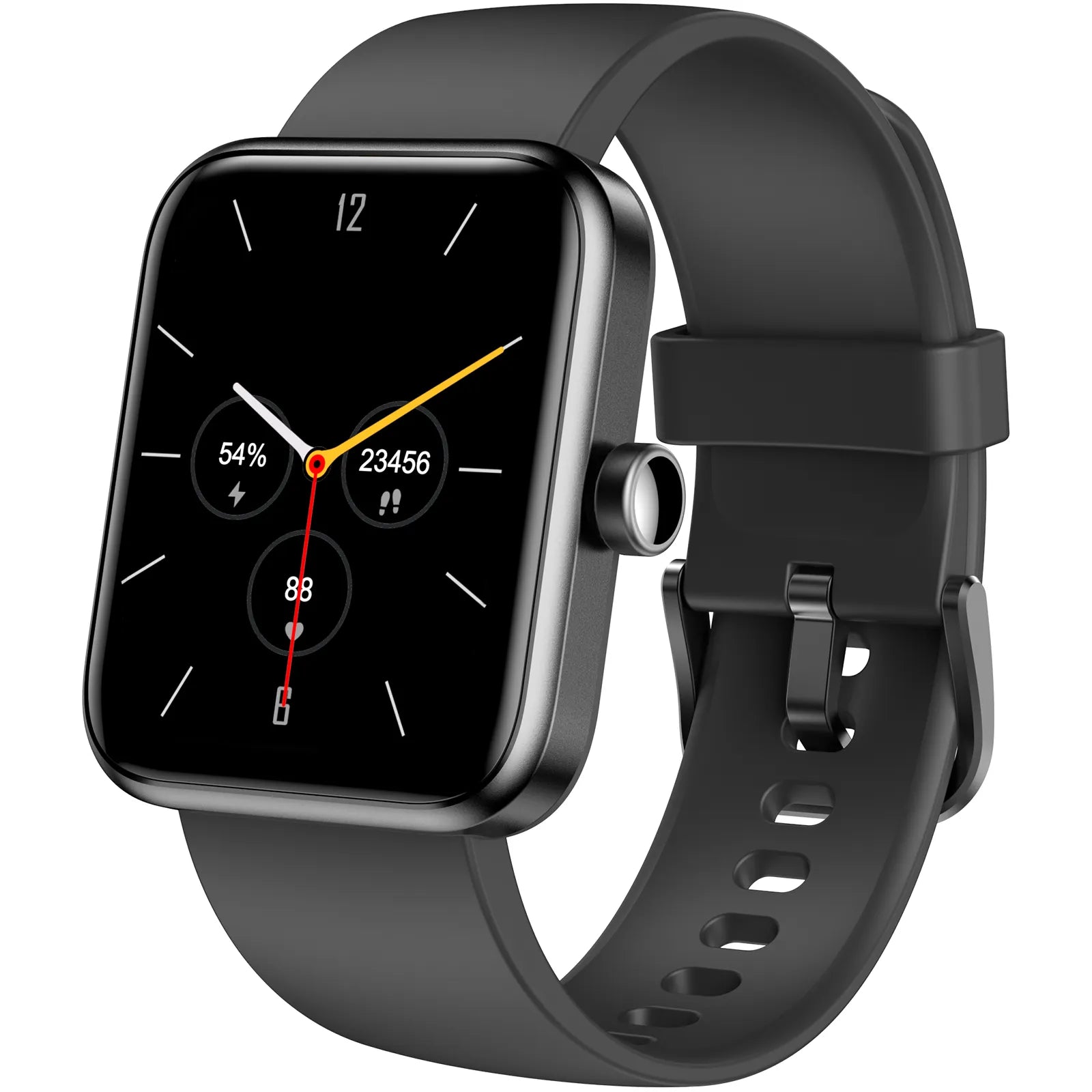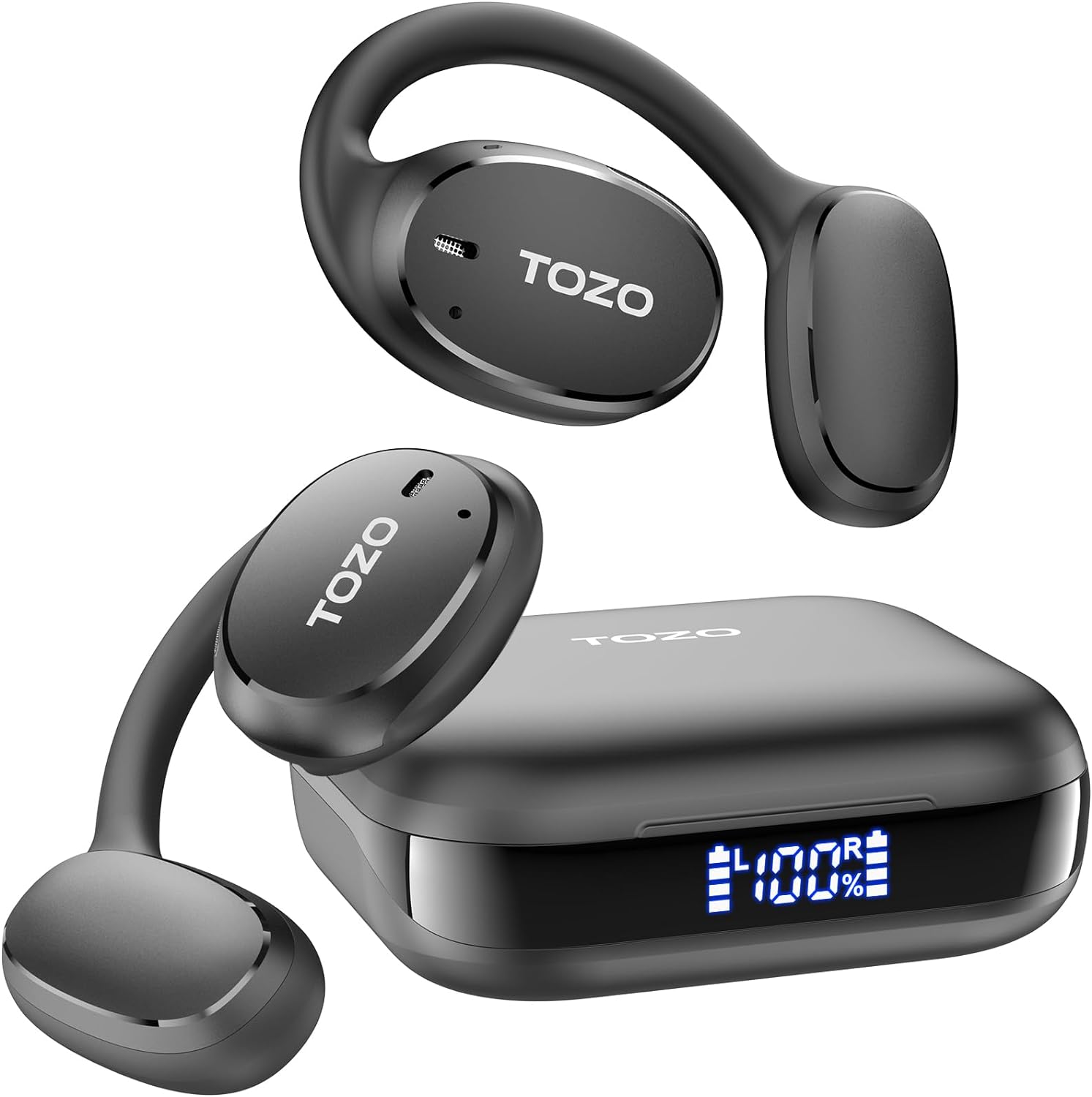With a plethora of headphones available in the market, choosing the right pair can be a daunting task. Ultimately, the definition of a good pair of headphones varies depending on your individual needs and circumstances. Are you looking for headphones for workouts or travel? Will they primarily be used for casual listening or professional music production? Let's explore these scenarios as we delve into the key features that differentiate headphones from one another, assisting you in finding the ideal pair for your needs.
- In-ear, over-ear, andon-ear headphones
One of the most noticeable characteristics of headphones is how they fit on your ears and head. Here are the most common types available today:
In-ear headphones (earbuds): These headphones are placed partially within each ear, like the TOZO X1. They often have small drivers (speakers) but can be great for activities like exercising or commuting due to their compact size. They can also provide decent noise isolation.
Over-ear headphones: These headphones are designed to cover the entire ear, such as the TOZO HT2. They excel in preventing sound leakage and external noise intrusion. While they may not be as portable as in-ear headphones, they are preferred for music production or serious listening.
On-ear headphones: These headphones sit on top of each ear without fully covering them. They offer a balance between portability (lighter and more compact than over-ear headphones) and sound quality (larger drivers than in-ear headphones).
- Closed-back vs. Open-back headphones
If you've decided on over-ear headphones, it's important to note that they come in two distinct styles. Open-back headphones have earcups designed to allow some sound to escape, creating a clearer and more spacious listening experience suitable for quiet environments like mixing studios. However, they may not be ideal for other settings due to their exposed design.
On the other hand, closed-back headphones create a seal between the listener's ears and the outside world, preventing sound from leaking in or out. This is perfect for recording live audio, ensuring that only the artist's performance is captured by the microphone without any external interference.
- Wireless Connectivity
Wireless headphones offer the convenience of untethered listening, which is particularly beneficial for those who commute, travel frequently, or simply prefer a cord-free experience at home. They allow you to move around without being restricted by tangled cords, whether you're enjoying music, watching TV, or working on your computer.
However, it's essential to consider some limitations before choosing wireless headphones. Wireless transmission can lead to a slight dip in audio quality compared to wired headphones. Additionally, you need to keep the battery charged, and these headphones are only compatible with devices that support wireless audio transmission, typically through Bluetooth and often requiring a specific app.
Despite these considerations, wireless headphones are gaining popularity and are available in various styles to suit different preferences.
4.Frequency response
Frequency response is an important factor to consider, especially for music producers who plan to use headphones instead of studio monitor speakers. It measures how accurately the headphone's speakers can reproduce sound across a range of frequencies, typically from 20 Hz to 20 kHz. Many headphones are designed to boost the low frequencies and reduce the high frequencies to compensate for the proximity of the speakers to your ears, resulting in a more pleasing listening experience.
While achieving a completely flat frequency response curve is nearly impossible, it's essential to understand how a pair of headphones responds to different frequencies. This knowledge allows you to make adjustments and compensate accordingly while mixing music to achieve the desired audio quality.
5.Headphone impedance
Impedance is a crucial specification to consider when choosing headphones, especially for professional use. It is measured in ohms and indicates the amount of power required to drive the headphones to a certain volume level.
Most consumer headphones have a low impedance, typically around 32 ohms. These headphones are designed to work efficiently with devices like computers or smartphones, as they do not require much amplification power to produce loud sound levels.
On the other hand, there are models with higher impedance values, often reaching hundreds of ohms. These headphones are more commonly used in professional settings and may require a dedicated audio interface or powered amplifier to achieve optimal performance.
While high-impedance headphones may be less convenient for portable use outside of a controlled environment such as a home or studio, they often deliver superior bass definition, stereo imaging, and dynamic range compared to low-impedance headphones.
6.Comfort and cost
The final factors to consider when choosing headphones can vary from person to person but are often among the most crucial. Comfort is paramount because headphones are worn on the head and over the ears for extended periods. It's helpful to research others' experiences with specific headphone models, as some may become more comfortable after being used for a while.
Cost is another significant consideration. It's essential to stay within your budget, but also to think about how you'll use the headphones and for what purpose. For example, if you use headphones daily for exercise or in a noise-sensitive environment like a thin-walled apartment, investing in a higher-quality, durable product may be worth the research and cost.
Tips:
- While most headphones are suitable for starting a track, it's essential to switch to a more suitable option like over-ear headphones or a studio monitor setup when it's time to mix everything down. Different headphones can provide varying levels of accuracy and detail, so choose accordingly based on your needs.
- Experiment with testing new tunes on different pairs of headphones. Just as with speakers and different environments, comparing the sound levels and quality across various playback situations can help you understand how your music translates to different listening devices. Given the popularity of headphone listening, it's beneficial to test your music on multiple headphone types.
- Whenever possible, try headphones before making a purchase. Whether it's in-store demos, trial offers, or borrowing from a friend who already owns a pair, testing headphones beforehand allows you to assess comfort, sound quality, and overall performance before committing to a purchase.
I hope these additional tips complement the factors discussed in the article and help you make an informed decision when selecting the right headphones. If you have any questions or need further assistance, feel free to ask!






















